Print packaging 101: everything you need to know
Read our guide to print packaging, and ensure that you never get your blister packs confused with your accordions again.
Everything you ever wanted to know about print packaging, boiled down into one handy glossary article. Don't know what an Accordion pack is? Not sure about Glassine? Then you've come to the right place.
2P/3P
Aluminium cans are 2P (two piece) cans, comprising a top and a body. Steel cans add a separate base to become 3P.
Accordion pack
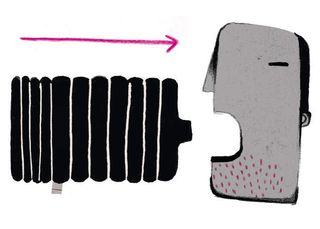
An accordion-like flexible package that enables food to be squeezed into the mouth, eliminating the need for a spoon.
Acid etching
A process that uses a strong acid to cut into another substance. When glassware is immersed in a bath of acid, for example, a smooth, frosted effect is created on the surface of the glass.
Applied colour lettering (ACL)
When colourful graphic or typographic elements are permanently fused onto the surface of a glass bottle.
Billboard
Another term for the front or face panel of a carton as it is displayed on a shelf - this is where you catch consumers' attention.
Blank
A carton that has been cut and creased but not yet folded and glued shut. Also refers to the mould used to transform glass into a preliminary bottle shape.
Blister pack
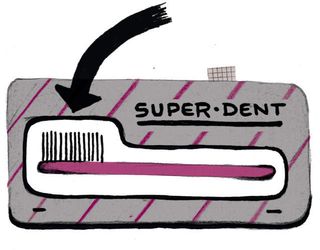
Refers to several types of pre-formed plastic packaging for small consumer goods. As print packaging goes, it's not a favourite with the public, but blister packs consist of a web of 'blisters' or pockets made from plastic or aluminium, and a lid, usually made from aluminium or card. Often used as unit-dose packaging for pharmaceutical tablets
Box board
Paperboard (see opposite) used in the manufacture of boxes or printed cartons; may be made of wood pulp or wastepaper; sometimes called 'duplex board'.
Blow moulding
The process of forming a bottle by putting a hollow tube between two halves of a mould and blowing air into it, forcing the material to follow the shape of the mould.
Clamshell
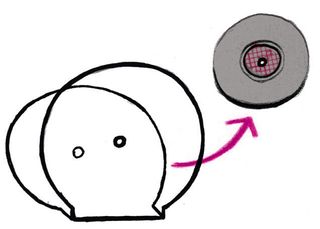
Usually a type of blister pack, this refers to the two hinged halves of a plastic shell that form protective packaging for small, valuable items such as electronics.
Compostability
Environmentally responsible packaging designed to decompose rapidly in a professionally managed compost facility, resulting in humus that supports plant life.
Cutter guide
A drawing of a die cut (see below) for a piece of artwork showing size, shape and vital statistics for the artworking process.
Cutting and creasing
A single process for cutting a carton shape and applying creases in it correctly.
Die cut
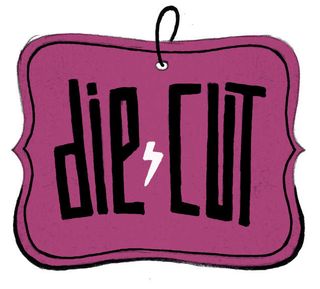
Any operation in which a sharp-edged tool or blade is used to cut a shape, or hole, into a variety of substrates (see opposite); or to cut a shape into a material that can't be achieved with a guillotine. An easy way to add a 'reveal' element to your print packaging.
Euroslot
A standardised measure for the pegmounted hanging of items.
Film
An unsupported, basically organic, non-fibrous, thin, flexible material no more than 0.010inch thick. In general terms, this refers to a thin coating.
Flute (corrugation)
This refers to the ridges that are pressed into a sheet of material that has been softened by steam. The material is then sandwiched between flat sheets to form corrugated fibreboard.
Gatefold
When paper or other material is folded inward to form four or more panels.
Glassine
A smooth, translucent material, related to greaseproof paper, which is used to wrap products in the baking and confectionary world. Glassine is resistant to grease, air and vapour transmission.
Header card
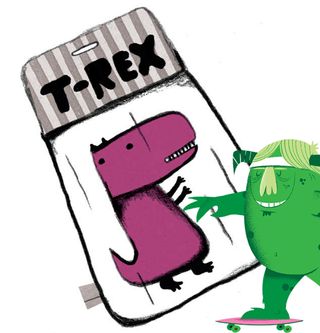
Either the backing piece of a card and plastic-style blister pack, or a board attached behind products that are hung by means of a euroslot. A great way to add some extra display space to your preint packaging.
Injection moulding
A process whereby molten material is forced through a gate, under heat and pressure, into a closed mould cavity.
Laminate

A number of single ply materials stuck together in layers to form a single product that maximises strength, durability and other barrier properties.
Paperboard
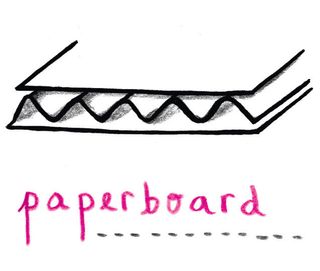
Paperboard is a paper-based material consisting of a fluted sheet housed either beneath or sandwiched between two flat linerboards. In general, all paper sheets with a thickness of 12 points (0.012inch) or greater are classified as paperboard.
Plastic memory
The tendency of plastic objects to return to their original moulded form.
Polycarbonate (PC)
The toughest of all thermoplastics, PC is temperature resistant, clear, rigid and has good impact strength. But its cost means it's kept for special uses.
Polyethylene (PE)
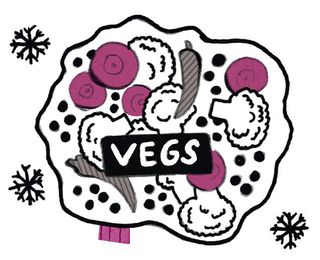
A thermoplastic material composed of polymers of ethylene, PE is usually a tough, translucent solid that comes in low, medium and high density forms, and is popular as a container for frozen foods.
Polypropylene (PP)
Available as a fibre, film or foam, in any colour or clear, PP is a super-versatile material formed from propylene polymers.
Plastarch Material (PSM) - aka plant or potato starch material
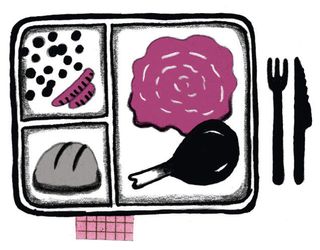
A flexible packaging material, PSM is usually made from the starch found in corn or potatoes. It has a low carbon footprint and is compostable. PSM is also heat resistant, making it particularly suitable for hot food applications.
Resin master
This is a resinous model used in the production of permanent metal moulds for packaging containers.
Substrate
Any base material that a design is printed onto: a carton, board, polypropylene, metallic film and so on.
Thermoforming
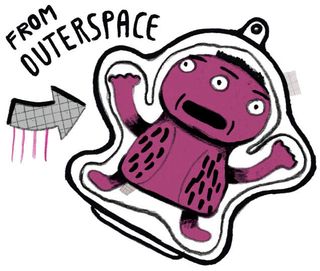
A process of forming plastics by heating a plastic sheet to the point where it gets soft and pliable, and transforming it into the desired shaped using vacuum, pressure and mechanical assists.
Ullage
The amount by which a container is short of being full; the total package volume minus the content volume.
Hopefully this list will help ensure that you're in the know when print packaging crops up in conversation, at which point you can wow onlookers with your encyclopedic knowledge.
This article first appeared in Computer Arts.
Liked this? Read these!
- The designer's guide to working from home
- The best collage maker tools - and most are free!
- Useful and inspiring flyer templates

Thank you for reading 5 articles this month* Join now for unlimited access
Enjoy your first month for just £1 / $1 / €1
*Read 5 free articles per month without a subscription

Join now for unlimited access
Try first month for just £1 / $1 / €1
Get the Creative Bloq Newsletter
Daily design news, reviews, how-tos and more, as picked by the editors.
The Creative Bloq team is made up of a group of design fans, and has changed and evolved since Creative Bloq began back in 2012. The current website team consists of eight full-time members of staff: Editor Georgia Coggan, Deputy Editor Rosie Hilder, Ecommerce Editor Beren Neale, Senior News Editor Daniel Piper, Editor, Digital Art and 3D Ian Dean, Tech Reviews Editor Erlingur Einarsson, Ecommerce Writer Beth Nicholls and Staff Writer Natalie Fear, as well as a roster of freelancers from around the world. The ImagineFX magazine team also pitch in, ensuring that content from leading digital art publication ImagineFX is represented on Creative Bloq.
